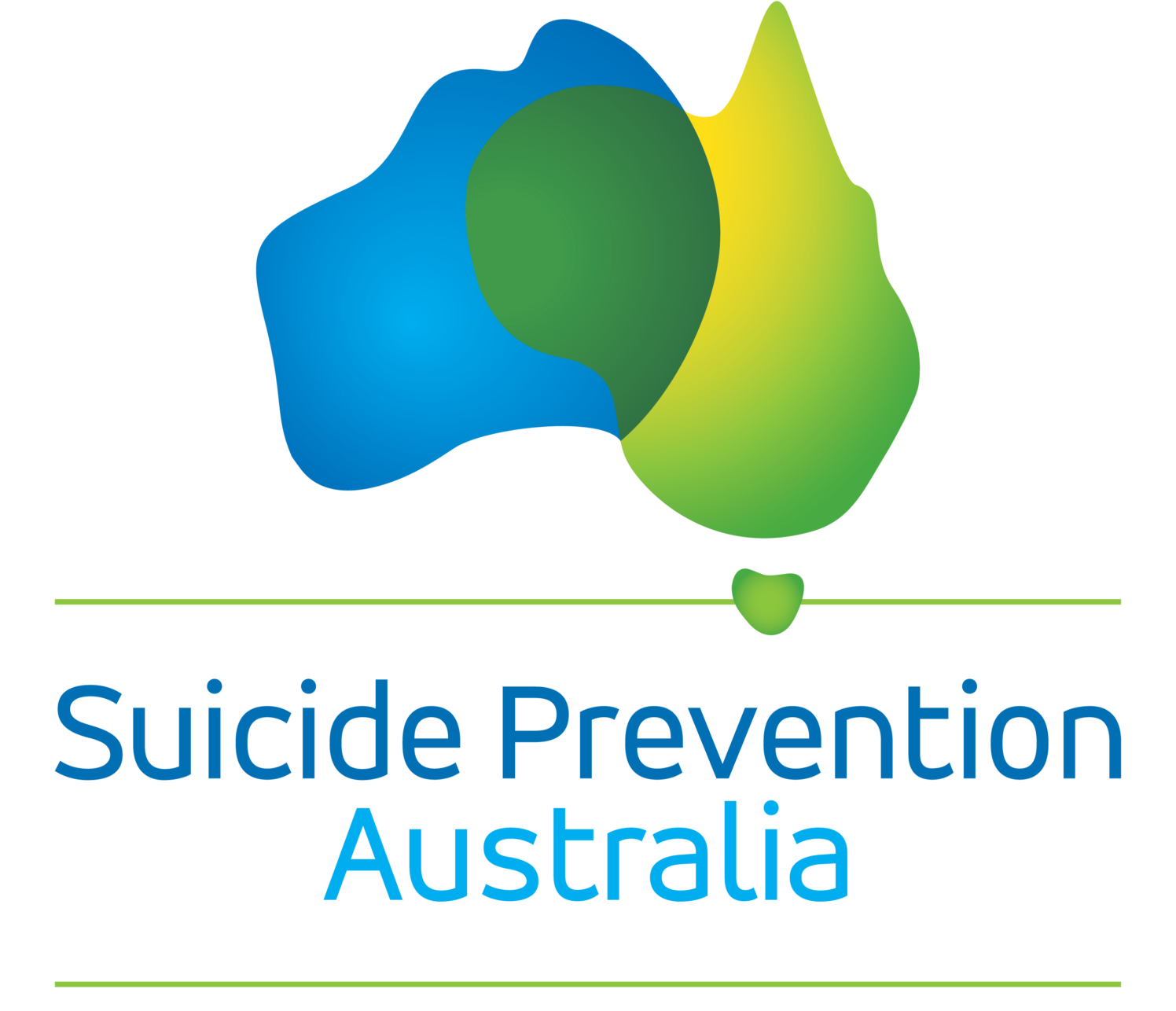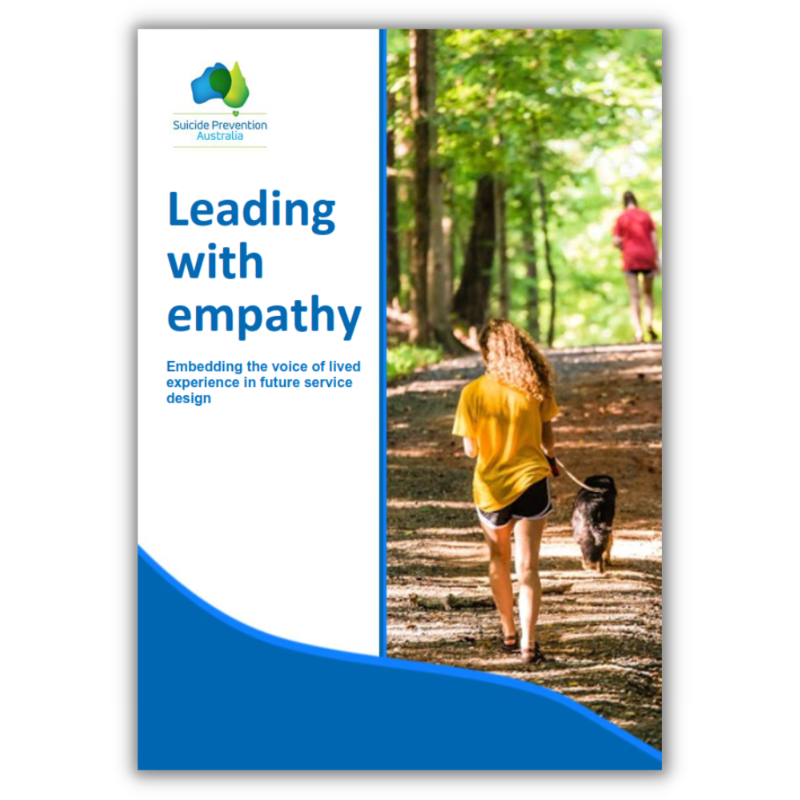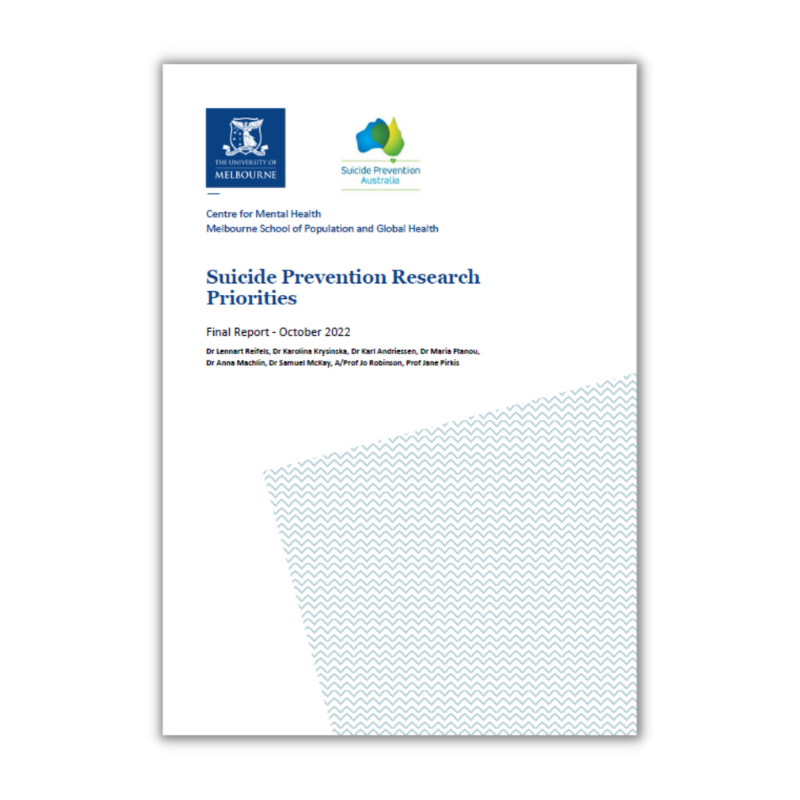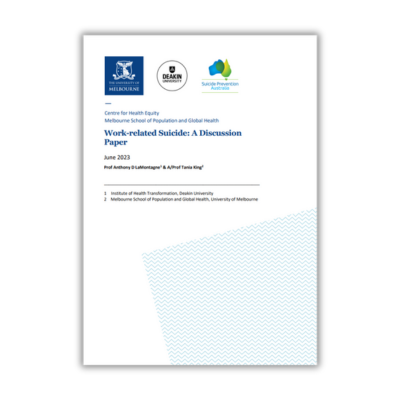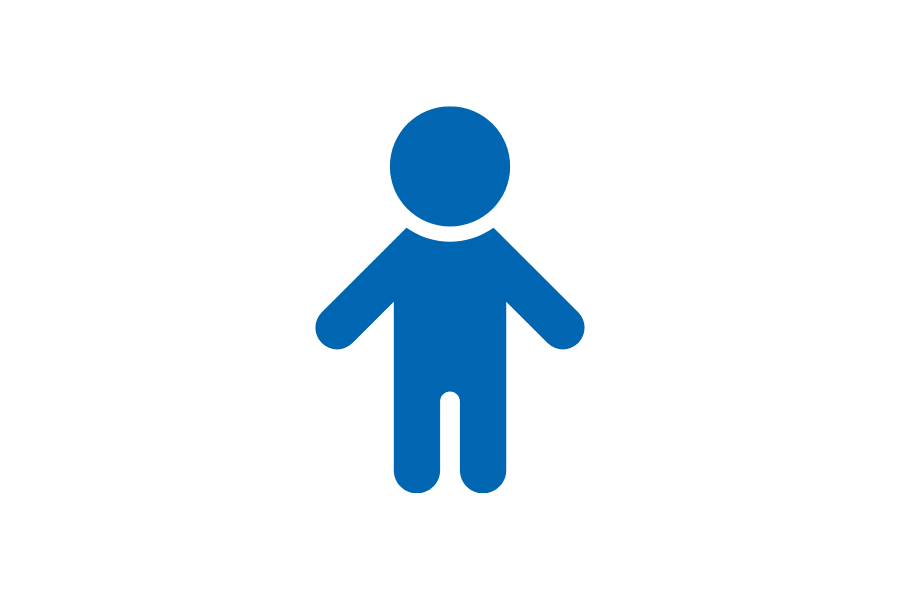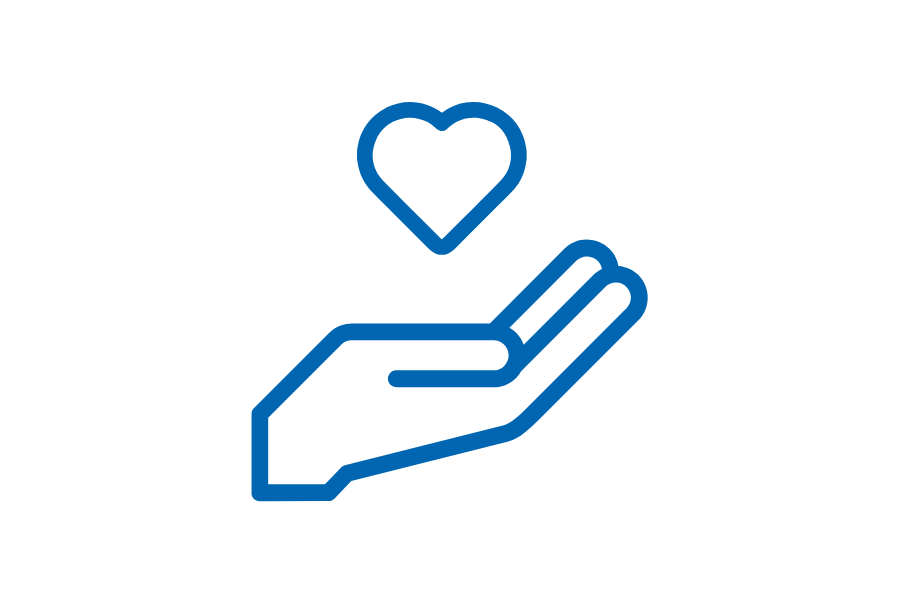The National Suicide Prevention Research Fund was established by the Commonwealth Government to support world-class research into suicide prevention and facilitate the rapid translation of knowledge into more effective services for individuals, families and communities.
Leading with empathy: Embedding the voice of lived experience in future service design
Suicide Prevention Australia commissioned KPMG Australia to perform significant new research mapping the experience of consumers and carers in the suicide prevention system, and analysing the economic impact of key touchpoints. The research was commissioned under the National Suicide Prevention Research Fund.
The Commissioned Evidence Checks and Research Reports were prepared for the National Suicide Prevention Adviser and the National Suicide Prevention Taskforce, commissioned through the National Suicide Prevention Research Fund, managed by Suicide Prevention Australia.
Suicide Prevention Research Priorities
Final Report October 2022
Dr Lennart Reifels, Dr Karolina Krysinska, Dr Karl Andriessen, Dr Maria Ftanou, Dr Anna Machlin, Dr Samuel McKay, A/Prof Jo Robinson, Prof Jane Pirkis
Suicide Prevention Australia commissioned the Centre for Mental Health, Melbourne School of Population and Global Health at the University of Melbourne to develop a report aimed to inform future priorities in Australian suicide prevention research and identify shifts in research emphasis over time.
Work Related Suicide: A Discussion Paper
Prof Anthony D LaMontagne & A/Prof Tania King
Suicide Prevention Australia commissioned the Centre for Mental Health, Melbourne School of Population and Global Health at the University of Melbourne to develop a discussion paper aimed to address the following four questions:
- What is the definition of work-related suicide from an OH&S perspective?
- What are the potential work-related causes of suicide, and what is the evidence in support of each?
- What is the fraction of suicides in the working population that could be attributable to working conditions?
- What are the implications for policy & practice?
Commissioned Research: Evidence checks commissioned by the National Suicide Prevention Taskforce
The lived experience perspective of suicide: A rapid review
Author: National Suicide Prevention Taskforce
They can only talk themselves out of it if they’re talking
Author: National Suicide Prevention Taskforce
Young Voices: A brief report on young people’s lived experiences of suicidality and help-seeking
Author: National Suicide Prevention Taskforce
“We are Strong. We are Resilient. But we are Tired” – Voices from the Aboriginal and Torres Strait Islander Lived Experience Centre Yarning Circles Report
Author: National Suicide Prevention Taskforce
CALD Lived Experience Research Stage 1 Report
Author: National Suicide Prevention Taskforce
The role of housing insecurity and homelessness in suicidal behaviour and effective interventions to reduce suicidal thoughts and behaviours: a review of the evidence
Author: Dr Nicola Brackertz
The Role of Alcohol and Other Drugs in Suicidal Behaviour
Author: The Matilda Centre for Research in Mental Health and Substance Use
Interventions To Reduce Suicidal Thoughts And Behaviour Among Children In Contact With Child Protection
Author: Institute of Child Protection Studies, Australian Catholic University
Interventions To Reduce Suicidal Thoughts And Behaviour In People Who Have Had Contact With The Criminal Justice System
Author: Rohan Borschmann, Annie Carter, Amanda Butler, Louise Southalan, Melissa Willoughby, Emilia Janca, Stuart A. Kinner
Research funded by the Suicide Prevention Research Fund
The Voice of people with Lived Experience of suicide (VocLE): A consensus study to develop active research involvement guidelines
Author: Karolina Krysinska
Mapping the regional variability of non-suicidal self-harm, suicide attempts, and related risk and protective factors in Australian adolescents to inform suicide prevention strategies
Author: Dr Emily Hielscher
Edge of the present: A virtual reality tool to cultivate future thinking and positive ideation in place of suicidal thoughts
Author: Prof Katherine Boydell
Randomised controlled trial of a targeted intervention program for reducing depression, alcohol use, social isolation, and suicide in older Australians: The SHADE Plus trial
Author: Professor Frances Kay-Lambkin
Evaluating and optimising a suicide awareness training and peer support intervention for the Victorian construction industry in collaboration with Incolink
Author: Kylie King
Watch the latest research discussions
If you have any questions about the National Suicide Prevention Research Fund, please contact Suicide Prevention Australia on sprf@suicidepreventionaust.org or phone: 02 9262 1130.
